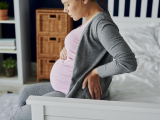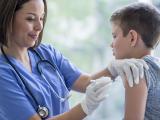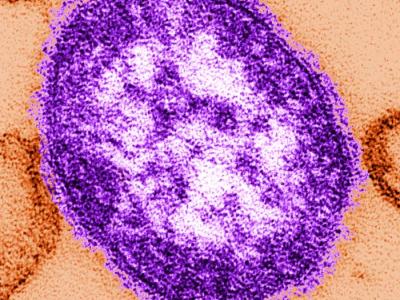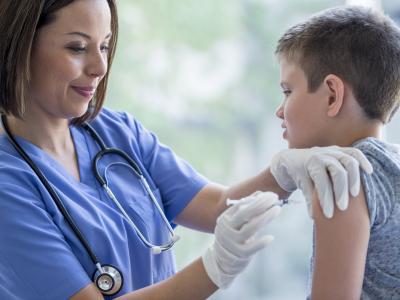Recovery from COVID-19 takes longer, and infection has a greater effect on health-related quality of life (HRQoL), among socioeconomically disadvantaged patients, suggests an observational study published in BMC Infectious Diseases.
No consensus on long-COVID definition
Researchers in Bergamo, Italy, analyzed data and conducted follow-up visits with 825 adult COVID-19 patients a median of 133 days after they were treated at a hospital from February to September 2020.
The patients completed questionnaires on their nationality, educational attainment, household size, occupation, post-traumatic stress disorder (PTSD) symptoms, HRQoL, and fatigue level. Of all patients (median age, 59 years), 60.2% were men, 60.5% were hospitalized, and 3.3% were admitted to an intensive care unit (ICU).
Studied outcomes included the composite end point (shortness of breath, fatigue, muscle pain, chest pain, heart palpitations), HRQoL (pain and limitations in physical activities), PTSD, and structural lung damage.
"Recovery from acute COVID-19 may be slow and incomplete: cases of Post-Acute Sequelae of COVID (PASC) are counted in millions, worldwide," the study authors wrote, noting that no diagnostic biomarker or test is available for PASC.
Including economic disadvantage, quality of life in assessment
In total, 40.9% of patients reported persistent physical symptoms at follow-up, 31.8% had possible PTSD, and 19.7% had evidence of structural lung damage (indicated by impaired CO2 diffusion). Symptoms included fatigue (30%) and shortness of breath (15.3%). Overall, 5.6% reported a loss of independence, and 50.6% reported fatigue.
The impact of socio-economic inequalities upon such a traumatic occurrence—as the first wave of COVID-19 has been everywhere—deserves a special attention by researchers, because similar events are far from impossible to happen again.
A multivariable model suggested a link only between socioeconomic disadvantage and lower HRQoL, particularly for limitations on physical activities (odds ratio [OR], 0.65) and pain (OR, 0.57). The finding was independent of age, sex, body mass index, number of chronic conditions, and time to follow-up.
Income bracket wasn't tied to physical symptoms; instead, associations included age younger than 60 (46.4%, vs 34.7%), female sex (50.6% in women vs 34.3% in men), and ICU admission (63.0% in those admitted vs 40.1% of those not hospitalized).
Low access to healthcare, work demands
"Recovery after COVID-19 appears to be independently affected by a pre-existent socio-economic disadvantage, and clinical assessment should incorporate SES [socioeconomic status] and HRQoL measurements, along with symptoms," the researchers wrote.
Possible explanations, they said, may include reduced access to healthcare, low-quality healthcare, or behavioral and dietary factors. "For employed individuals, the impossibility of staying off from work for long periods (or the higher physical efforts required by poorer working conditions) could be [a] cause; or, for retired patients, a reduced access to home care and assistance," they wrote.
Because so much time has passed since the first pandemic wave, and COVID-19 vaccines have reduced the disease severity, the authors said their results are not readily generalizable to the current situation.
"Nonetheless, the impact of socio-economic inequalities upon such a traumatic occurrence—as the first wave of COVID-19 has been everywhere—deserves a special attention by researchers, because similar events are far from impossible to happen again," they wrote.





















